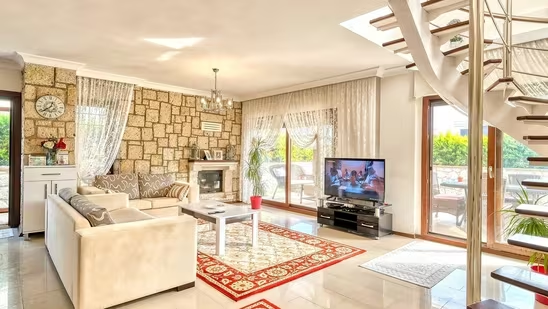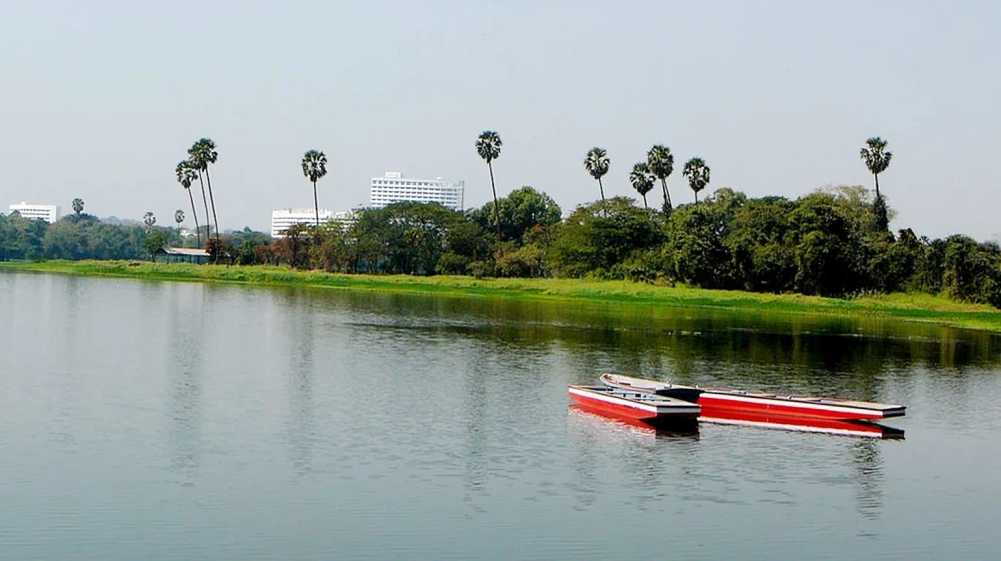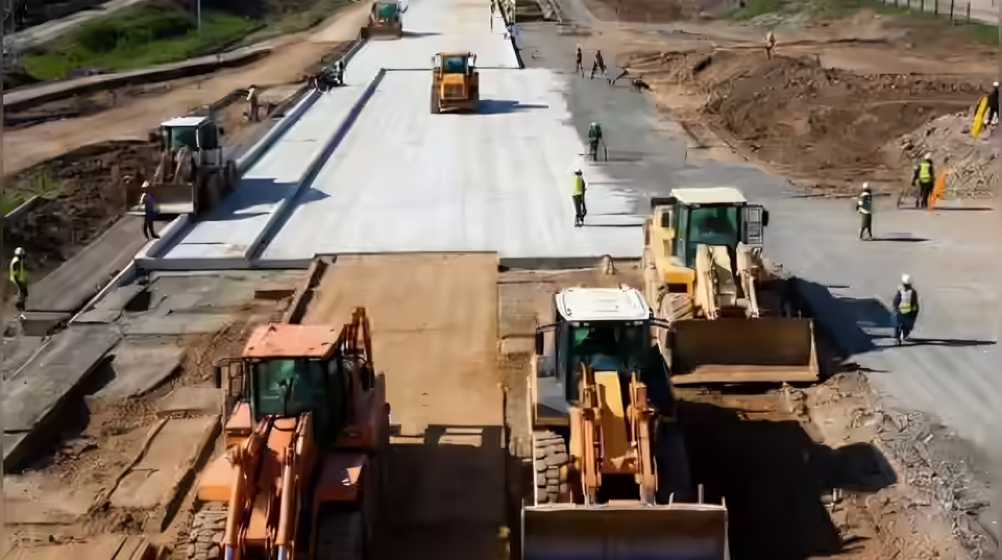August 30, 2025:
Rohan Ahuja, a technology entrepreneur, is in the market for a Rs 10 crore apartment in South Mumbai. But with the Goods and Services Tax (GST) Council considering a 40% slab on imported fittings, he is now questioning whether to opt for a ready-to-move flat with interiors or purchase a ‘raw apartment’ and source the finishes himself.
Real estate experts say the proposed hike would push up the cost of premium flooring, European kitchens and other specialised interiors, raising construction expenses. Rs 10 crore apartment with interiors worth Rs 2 crore, for instance, currently attracts 28% GST – adding Rs 56 lakh in tax. If the rate is raised to 40%, the tax outgo rises to Rs 80 lakh, increasing the total property bill by nearly Rs 24 lakh. Multiplied across large projects, the additional burden runs into several crores.
“Ultra-luxury buyers may absorb the rise, but developers face a balancing act,” said Kunal Sharma, founder of Taraksh Lawyers & Consultants. “Passing on the entire cost risks dampening demand, while cutting back on quality undermines the luxury positioning that commands premium pricing.”
Industry watchers expect more developers to sell apartments without interiors, leaving buyers to install fittings independently. This would allow affluent homeowners to customise finishes while sidestepping part of the GST burden.
Tax experts, however, caution that the overall impact may be muted if GST on cement is reduced, partially offsetting higher costs on interiors. “The net effect on luxury housing may not be drastic in the long run,” noted Vivek Jalan of Tax Connect Advisory Services.
For projects nearing completion, though, the increase could hit margins unless developers absorb the cost. Homebuyers, meanwhile, may increasingly stagger purchases of fittings to manage tax outflows.
Source: Hindustan Times





